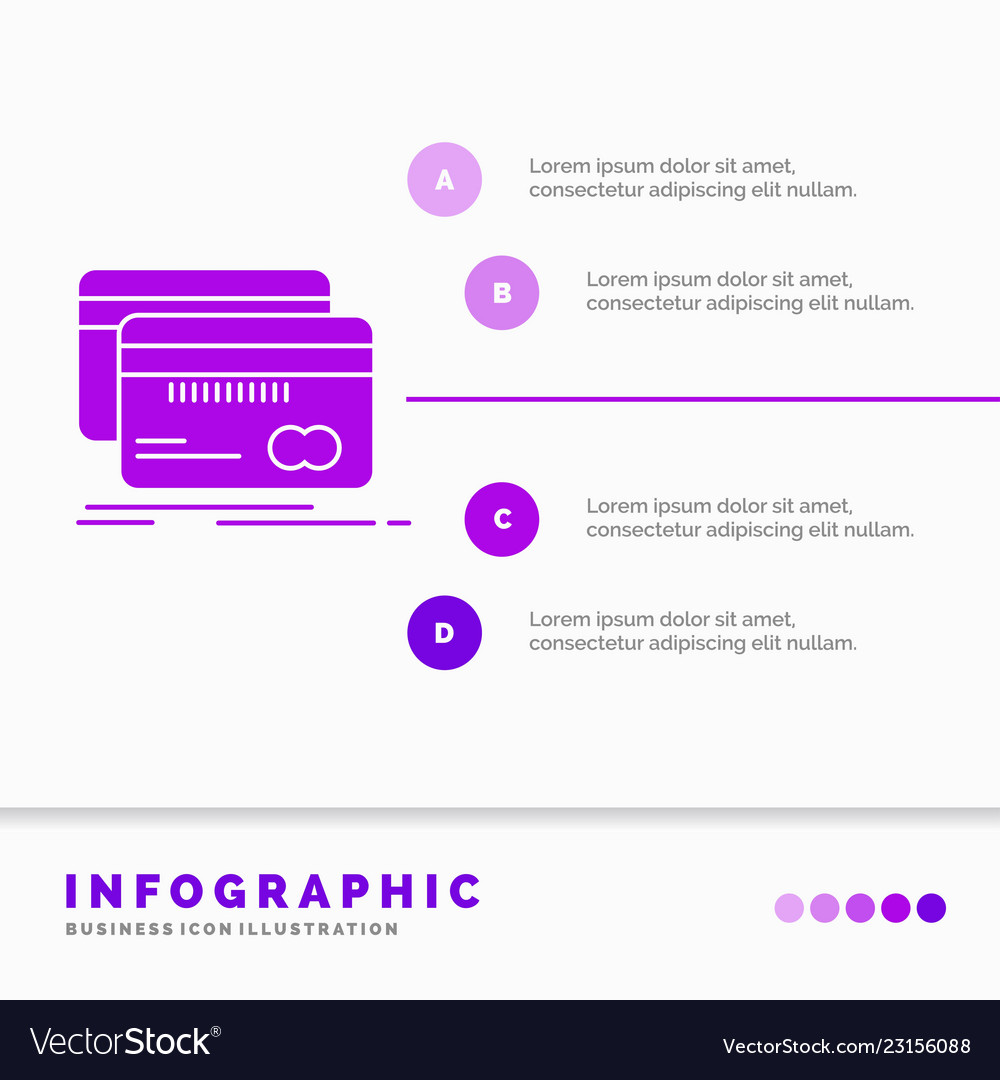Surety Performance Bonds Vs. Typical Insurance Policy: What You Required To Know
Surety Performance Bonds Vs. Typical Insurance Policy: What You Required To Know
Blog Article
Content Created By-Barlow Palmer
Guaranty efficiency bonds and typical insurance coverage may appear similar, however they really offer different functions. Surety performance bonds are a sort of economic guarantee that guarantees the completion of a job or contract. Understanding the vital distinctions between these 2 choices is critical, as it can substantially impact your business or individual requirements.
Guaranty performance bonds give guarantee that a project or contract will be finished as agreed upon. They are commonly made use of in building and construction tasks, where the bond serves as an assurance that the service provider will accomplish their commitments. If the specialist fails to complete the task, the surety business will certainly step in and make certain that the job is completed or compensate the job owner for any losses.
Conventional insurance policy, on the other hand, supplies protection for prospective losses or damages. It is designed to safeguard people or organizations from unforeseen events such as mishaps, theft, or natural calamities. With contract surety , the insurance holder pays routine costs to the insurer, and in return, the firm accepts cover the prices connected with the defined risks.
While both surety efficiency bonds and conventional insurance provide monetary security, they do so in different means. Surety performance bonds focus on ensuring the conclusion of a project, while traditional insurance policy focuses on offering protection for prospective losses or damages.
Understanding the advantages of surety performance bonds and the advantages of conventional insurance coverage can help you make a notified decision. Whether to be bonded are a specialist seeking to safeguard a task or a specific seeking protection against unforeseen events, it is necessary to consider which option finest suits your requirements. So, let's dive into the information and explore the distinctions in between guaranty performance bonds and conventional insurance.
Key Distinctions Between Bonds and Insurance
Understand the 5 vital differences in between guaranty performance bonds and traditional insurance coverage to make an educated choice for your details demands.
First, the function of a surety bond is to assure the performance of a contractor, while insurance offers financial defense versus losses.
Second, guaranty bonds require a three-party contract between the principal, the obligee, and the surety, while insurance coverage entails just 2 parties, the insured and the insurance company.
Third, surety bonds concentrate on preventing loss by guaranteeing the completion of a job, while insurance coverage concentrates on making up for losses that have currently occurred.
4th, surety bonds need the principal to indemnify the surety for any cases paid, while insurance does not require this.
Ultimately, surety bonds are underwritten based on the principal's economic stamina and track record, while insurance coverage is based on risk evaluation and actuarial estimations.
Understanding these differences will assist you pick the right option for your specific circumstance.
Benefits of Surety Efficiency Bonds
Surety efficiency bonds offer numerous advantages for your details requirements. They supply you with the satisfaction that your job will be finished as set. Here are some essential advantages of guaranty performance bonds:
- ** Financial Protection **: With a surety bond, you're secured financially in case the specialist fails to do their obligations. This guarantees that you will not carry the ball of any kind of economic losses.
- ** Quality Assurance **: Surety performance bonds guarantee that the service provider will certainly supply high-grade job. If there are any issues with the job, the bond assures that it will certainly be remedied.
- ** Timely Conclusion **: With a bond in position, the service provider is motivated to finish the project on time. This aids you prevent delays and ensures that your project stays on routine.
- ** Danger Reduction **: Surety bonds reduce the danger of service provider default, offering you self-confidence that your investment is safeguarded.
Advantages of Traditional Insurance
When it comes to protecting your properties, typical insurance policy supplies an unique benefit over guaranty performance bonds.
One of the primary advantages of traditional insurance is the broader protection it offers. Conventional insurance policies are created to shield a wide variety of risks, consisting of building damage, liability, and injury. This implies that if an unanticipated event occurs, such as an all-natural catastrophe or a mishap, you can feel confident knowing that you have coverage in position.
Another advantage of traditional insurance is the flexibility it uses. With https://www.hawaiinewsnow.com/2023/01/18/red-tape-keeps-citys-17m-housing-project-homeless-empty-year-after-construction-wrapped-up/ , you have the capacity to customize your coverage based on your particular demands and run the risk of profile. This guarantees that you're just paying for the coverage that's needed, conserving you money in the future.
In addition, standard insurance normally has actually reduced premiums compared to surety efficiency bonds, making it a more affordable choice for several people and organizations.
Verdict
So, now you know the vital distinctions in between guaranty performance bonds and conventional insurance.
While both deal security, bonds offer an included layer of guarantee for project conclusion. They supply financial security and assurance for all parties involved.
On the other hand, traditional insurance covers a wider variety of risks.
Depending on your specific requirements, recognizing these distinctions will aid you make a notified decision and choose the right option for your circumstance.
